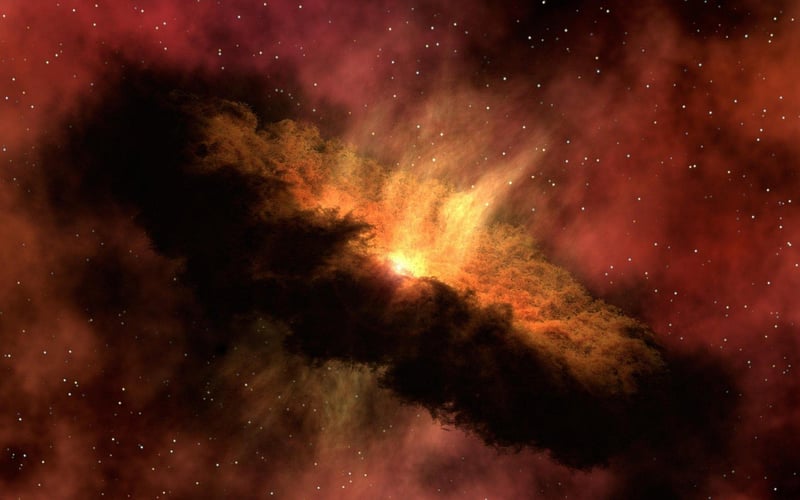Multiverse Theory
The Multiverse: A Journey Through Different Dimensions
Have you ever wondered if there are parallel universes out there, each with its own version of reality? The concept of the multiverse, a hypothetical set of multiple possible universes, has fascinated scientists and science fiction enthusiasts for decades.
What is the Multiverse Theory?
The multiverse theory suggests that there could be an infinite number of universes, each existing parallel to our own. These universes could have different physical laws, constants, and even alternate versions of ourselves. This idea stems from theories in physics and cosmology, such as string theory and the inflationary model of the universe.
Types of Multiverse
There are several proposed types of multiverses:
- Bubble Universes: Inflationary theory suggests that our universe is just one of many "bubble" universes that constantly form and expand.
- Parallel Universes: These universes would have the same physical laws but different initial conditions, leading to alternate realities.
- Membrane (Brane) Universes: According to string theory, our universe could be a 3D "brane" floating in a higher-dimensional space with other branes.
Implications and Speculations
The multiverse theory raises profound questions about the nature of reality, the existence of other forms of life, and the possibilities of travel between universes. While still a topic of debate and speculation, the concept of the multiverse continues to inspire scientific research and imaginative storytelling.
Exploring the Multiverse
Embark on a journey through the multiverse with these mind-expanding resources:
- Space.com - The Multiverse: A Primer
- Scientific American - How to Test the Multiverse Hypothesis
- YouTube - The Science of Parallel Universes
Expand Your Mind with Images from the Multiverse


